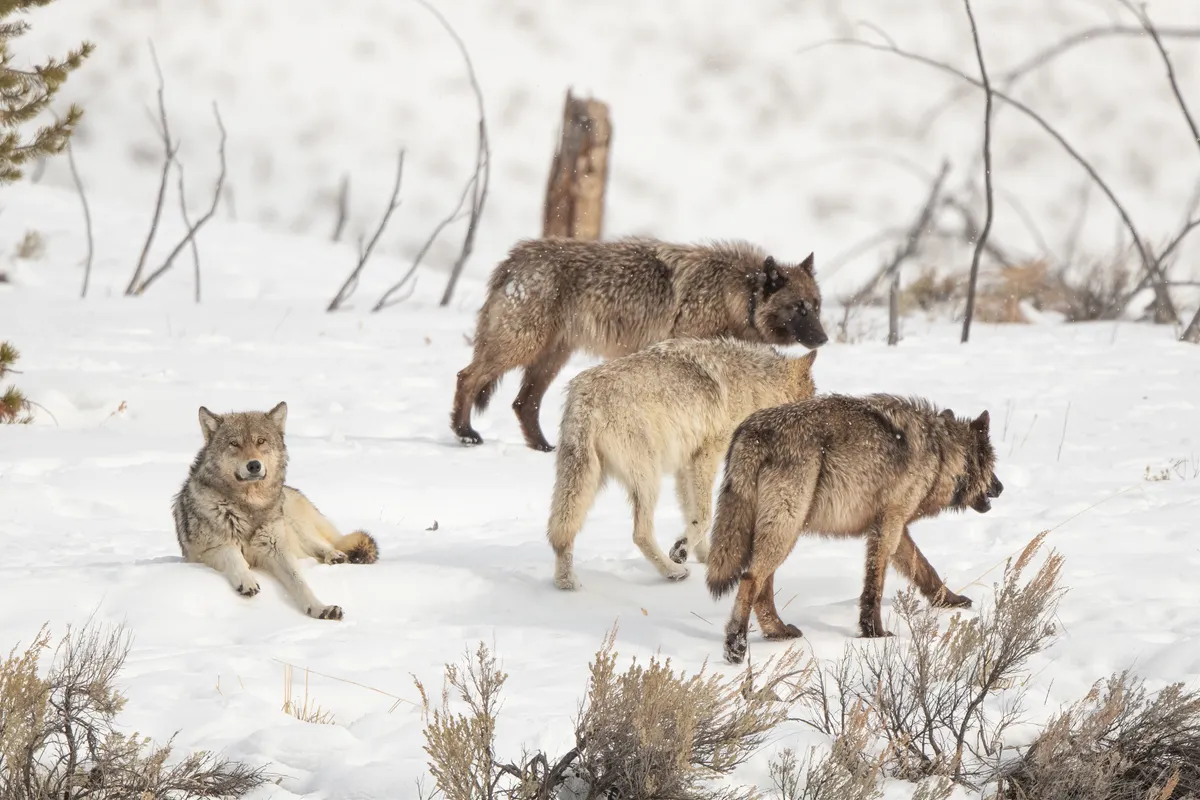Rewilding is back in the spotlight, thanks to the Government’s five-year Environmental Improvement Plan for England, announced in late January. Whitehall’s ambition is to restore large areas of wildlife habitat, woodland and waterways along with a pledge to create or expand 25 National Nature Reserves and a fund to help protect threatened species. It was no surprise that within hours of its publication, social media was alive with debate about the pros and cons of rewilding.
It’s an idea that has been around for 20 years or more and the discussion has moved a long way from the old arguments about returning England to a medieval forest or whether wolves should be released into the wild. Just as there are different types of farming, there are different forms of rewilding. Passive rewilding does involve standing back and letting nature take its course, but more common is what’s called active rewilding, where a green space is managed to restore the ecosystem. A farmer might sow wildflowers, restore a hedgerow or introduce free-roaming cattle to boost biodiversity. No need to worry about wolves!
More related content:
- Rewilding wolves: what can Sweden teach us about living with big predators?
- John Craven: Will the Government’s new environment schemes be able to reverse nature decline?
- Podcast: How rewilding could transform the countryside for wildlife and people
A pack of wolves./Credit: Getty

Britain’s best-known rewilding venture is on the Knepp Estate in the Low Weald of Sussex, where former arable land and dairy pasture has been turned into “a biodiverse wilderness area”. A few years ago I went to see it for myself for Countryfile and the effect on the vegetation and wildlife restoration is impressive. After more than 20 years of rewilding, Knepp is now home to a long list of endangered birds, mammals and insects, including turtle doves, nightingales, kingfishers and purple emperor butterflies.

The land management comes in the four-legged variety with free-roaming Tamworth pigs, longhorn cattle, Exmoor ponies and herds of deer that do wonders in restoring the local biodiversity, simply by eating and excreting. It also means there’s a ready supply of pork, beef and venison to sell to the public. After all, anyone wanting to go down the rewilding route needs to make it pay.
One option is eco-tourism and another is direct payments under the Government’s Environmental Land Management schemes (ELMs) in England, better known as “public money for public good”. Interestingly, Knepp has several income streams: a solar farm, rent from outbuildings converted to industrial use and profits from letting cottages. It’s a successful and financially sustainable model – but not every landowner or farmer can do that.
Rewilding doesn’t come without its challenges; checking on free-grazing livestock and dealing with any health issues can be incredibly difficult in a wide, wild landscape. Then there’s the tricky issue of land use. If fertile farm land is turned over to pure conservation then it’s taken out of food production at a time when the global population is rising and food security is a serious issue. We don’t want to increase the UK’s environmental credentials and then turn to importing food – that would make no sense.
So when I’m asked if I’m in favour of rewilding or against it, my answer is simple: it depends on what sort of rewilding and where. It’s subtle and nuanced, but all about getting the right balance in the countryside.
Main image credit: Wild flowers/Mark Kerrison/Getty Images

